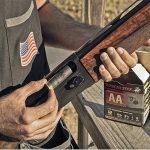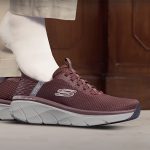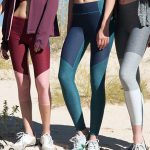Consumers purchased $952 million in used sporting goods equipment in 2009, according to a report just released by the National Sporting Goods Association (NSGA). This was a 2% decline from $969 million in used equipment purchases in 2008. This is the 12th study done by the Association on the used equipment market.
The used sporting goods equipment market had exceeded $1 billion in the two years prior to 2008. Sales were $1.08 billion in 2007 and $1.01 billion in 2006.
Used equipment for the outdoor sports (camping, fishing and the shooting sports) represented purchases of $592 million, the largest single category. Versus 2007, the outdoor sports category fell 7%. Used exercise equipment (the second largest category) had purchases of slightly more than $180 million, a 14% increase versus the previous year.
“The declines in the purchases of used equipment the past two years may reflect economic conditions, with consumers holding back on the replacement of current equipment,” NSGA Vice President of Information & Research Thomas B. Doyle said. “The quality of sports equipment today is such that it is easy to get another season’s use out of it.”
In certain product categories, the number of units purchased is substantial. In exercise equipment, more than 650,000 treadmills and stationary exercise bicycles were purchased used. The average price is not high, $125 for a treadmill; $65, for an exercise bike. A majority of the sales continue to be between private individuals.
“Purchases of Used Sports Equipment in 2009” uses the same panel as is used for NSGA’s “Sporting Goods Market” report. The report is based on a survey of 60,000 households in which 39 products were surveyed regarding purchases during 2008. “Because of the limited number of products surveyed, the total used equipment market is much larger than $952 million reported in the study,” Doyle said.
The report provides information on the number of units sold, average price and total dollars as well as place of purchase information. Included in the place of purchase information are traditional channels of distribution as well as online/Internet purchases and purchases from private individuals.
The standard demographics provided for purchasers include age, gender, annual household income, education of household head and geographic region of the country.














